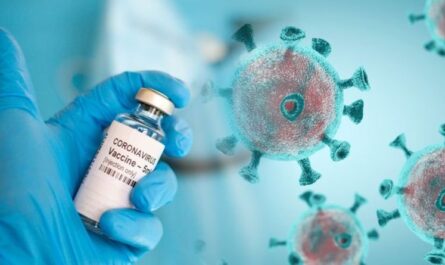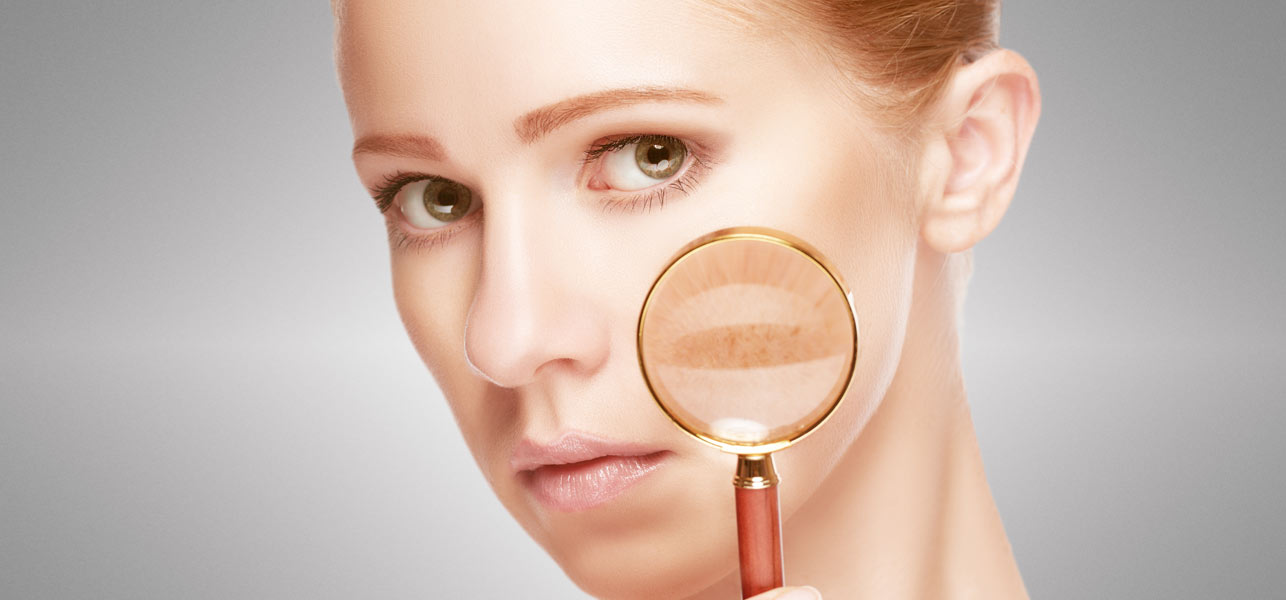
Wound Assessment and Documentation
Proper wound assessment and documentation is the first crucial step in advanced wound care management. When a patient presents with a wound, it is important to carefully examine the wound and record all relevant details. This includes noting the wound location, size, shape, depth, presence of infection or necrotic tissue, drainage, odor and pain levels. Documenting the wound appearance using a classification system such as superficial, partial thickness or full thickness can help determine healing potential and appropriate treatment. Measuring the wound regularly during treatment allows monitoring of the healing progress objectively. Photographing wounds is also recommended for accurate documentation over time. Thorough initial assessment and periodic re-assessment are essential to plan and adjust wound care strategies effectively.
Debridement Techniques
Removing non-viable tissue from wounds through debridement is a significant part of wound bed preparation. There are various debridement methods used depending on the wound characteristics and patient condition. Sharp or surgical debridement performed by a physician involves scraping off dead tissue under local anesthesia using scalpels or other instruments. Autolytic debridement relies on the body’s own enzymes and moisture to gently remove dead or damaged tissue over time with wet-to-dry dressings. Enzymatic debridement uses proteolytic enzymes applied topically to break down non-viable wound eschar or slough. Hydrogel, hydrocolloid or foam dressings also help promote autolytic debridement. For certain wounds with hard eschar or slough, larvae or maggot therapy involving sterile fly larvae is used for effective debridement without damaging viable tissue. Selecting the appropriate debridement method is important for wound bed preparation and jumpstarting the healing process.
Moist Wound Healing Techniques
Maintaining a moist wound healing environment through appropriate dressings is a significant strategy in wound management. Dressings that help establish a moist healing environment include hydrocolloid, hydrogel, alginate and foam dressings. Hydrocolloids form a moist gel over wounds to protect them from drying out and promote autolytic debridement and growth of granulation tissue. Hydrogels similarly maintain a moist wound surface while absorbing excess exudate. Alginate dressings derived from seaweed absorb exudate and form a gel upon contact with fluid. Foam dressings actively wick away moisture while keeping the wound surface hydrated. Using these advanced moist wound dressings appropriately tailored to the drainage levels and wound bed characteristics is essential for optimal wound healing outcomes compared to traditional dry gauze dressings.
Negative Pressure Wound Therapy
For certain complex or hard to heal wounds, negative pressure wound therapy (NPWT) has become an important treatment modality in advanced wound care. NPWT involves applying controlled sub-atmospheric pressure to wounds using a pump unit and specialized dressings. This controlled suction mechanism has multiple benefits – it promotes wound drainage and removal of excess interstitial fluid, stimulates granulation tissue formation, reduces bacterial burden and shrinks wound size more rapidly compared to conventional therapy. NPWT is particularly useful in preparing wounds with large amounts of tissue loss or those at risk of flap or graft failure for definitive closure. Temporary application of NPWT as an adjunct to surgical site and flap or skin graft management further enhances healing. Careful patient selection and proper application technique are essential to maximize NPWT benefits safely and cost-effectively.
Skin Substitutes and Wound Closure
Once the wound bed is optimally prepared through debridement and moisture/pressure modulation, appropriate closure options must be considered. For smaller superficial wounds, biological or biosynthetic skin substitutes provide an excellent wound cover aiding epithelialization until permanent coverage is formed. These skin substitutes can be temporary or permanent depending on the product composition and designed to facilitate healing. Larger or deep wounds may require surgical closure procedures such as flaps or skin grafting once granulation tissue and vascularity are established in the wound base. Selecting the right skin substitute or closure method suitable for the individual wound characteristics helps complete the final stages of repair. Post-procedure wound management is also important to ensure graft or flap take and prevent shearing forces that could compromise integrity.
Role of Adjunctive Therapies
Several adjunctive therapies have emerged to complement conventional advanced wound care when used judiciously. Low frequency ultrasound administered to wounds is believed to promote angiogenesis and collagen deposition through mechanical effects. Pulsed electromagnetic field therapy generates electromagnetic signals that may aid cellular function and healing responses. Hyperbaric oxygen therapy delivers 100% oxygen under higher atmospheric pressures to augment tissue oxygenation levels needed for repair. Growth factors applied topically or delivered systemically play roles in cell signaling and re-epithelialization. While more research is warranted on the efficacy of some newer treatments, incorporating select adjunctive therapies according to wound specifics holds promise to further optimize healing outcomes along with appropriate dressings and wound bed preparation.
Outcomes and Standardization
The ultimate goal in advanced wound care is complete and timely closure of wounds to restore form and function with best possible healing outcomes. Regular monitoring and assessment allows tracking clinical endpoints of healthy granulation tissue, decreased bacterial burden and wound size reduction over time. Various wound severity and healing scales and tools have been developed to aid standardized assessments, documentation and reporting of wound progress to benchmarks or endpoints of healing. Ensuring optimal outcomes through evidence-based strategies necessitates consistent wound documentation, regular staff education, and ongoing quality improvement audits on appropriate practices for different wound types. Embracing standardized treatment protocols and consistent implementation of best available practices remain important to deliver advanced wound care effectively across clinical settings.
In summary, achieving the best possible wound healing outcomes requires an organized, multidisciplinary approach guided by thorough initial wound assessment and regular re-evaluation. Key aspects of advanced wound care management involve proper wound bed preparation through appropriate debridement and moisture balance techniques, judicious use of therapies to accelerate healing such as negative pressure wound therapy and skin substitutes for closure, and monitoring endpoints through standardized processes. Optimal execution of these concepts in wound care can significantly impact patients’ quality of life by facilitating wound resolution.
*Note:
- Source: Coherent Market Insights, Public sources, Desk research
- We have leveraged AI tools to mine information and compile it



